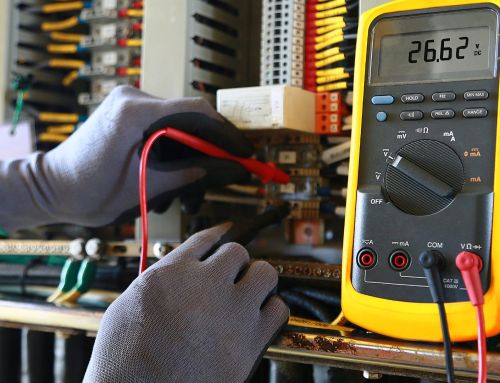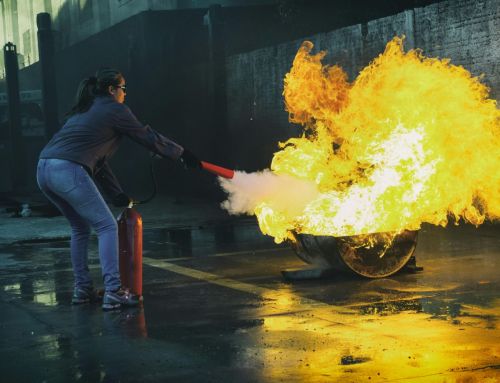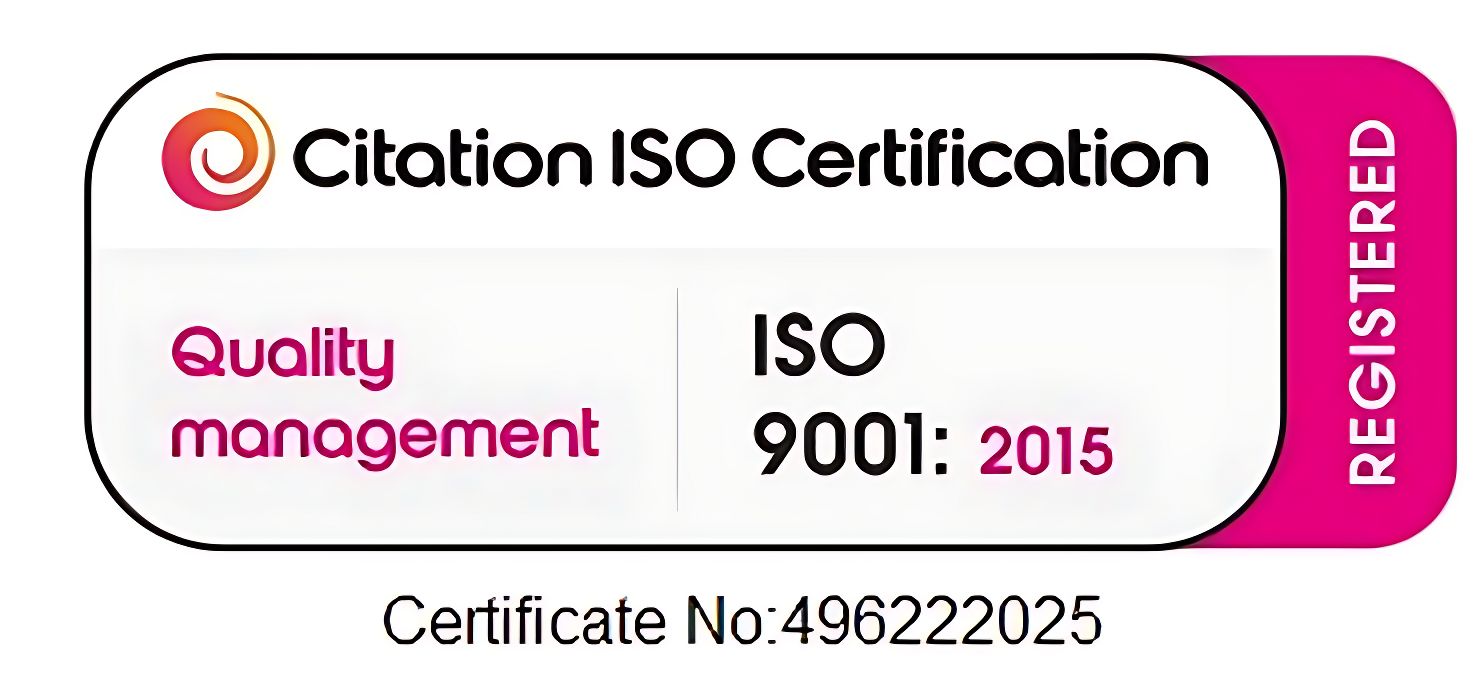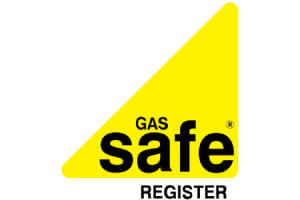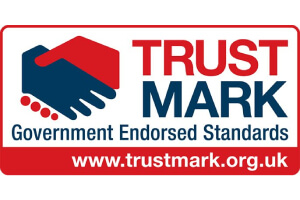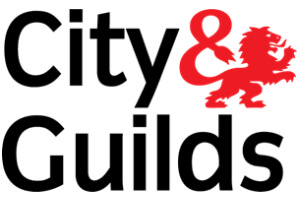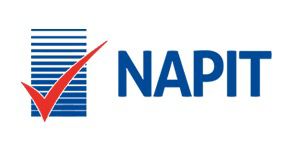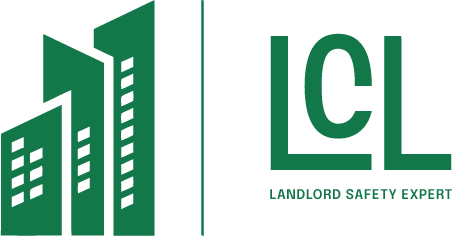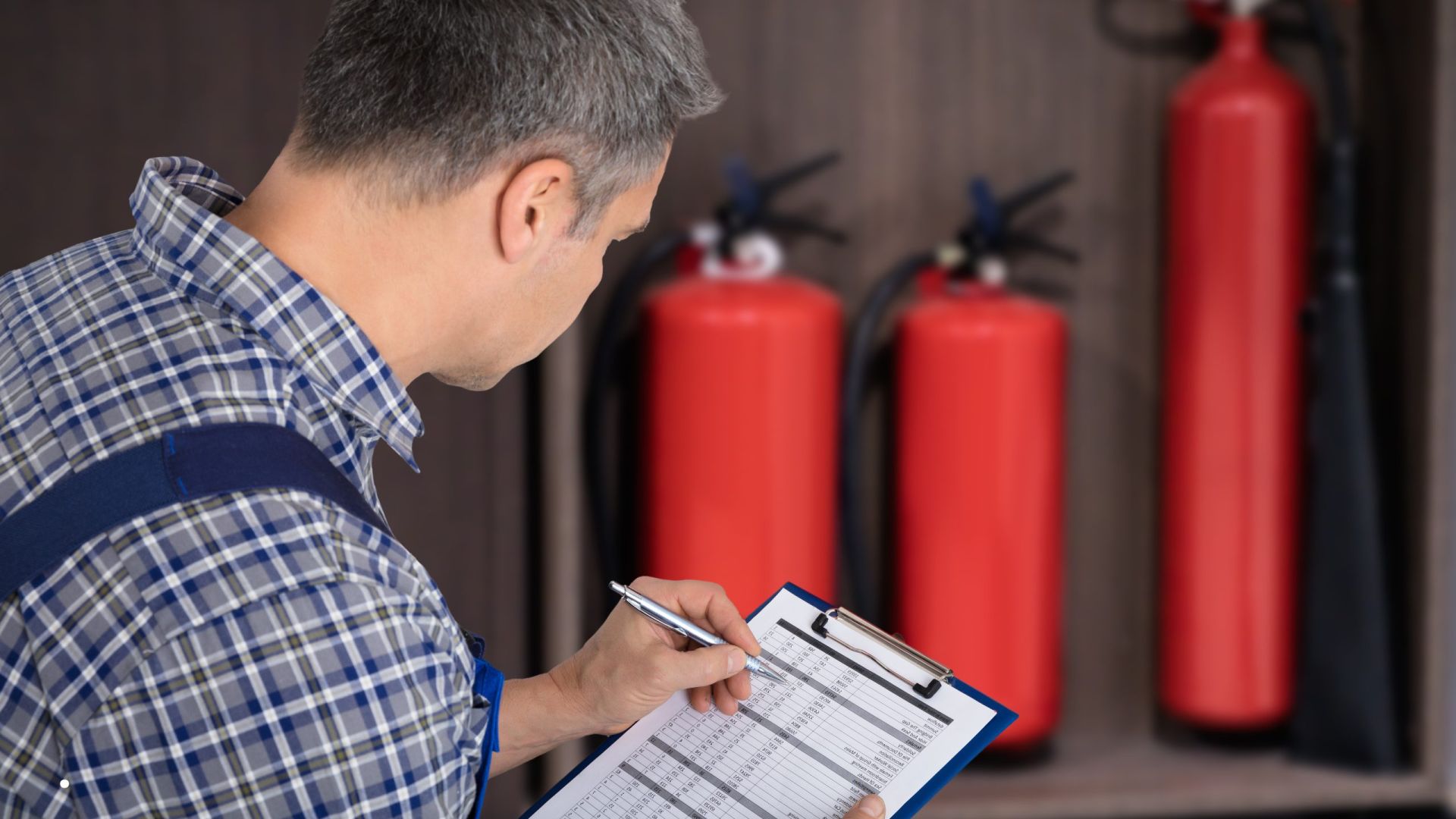
A Fire Risk Assessment Certificate is an essential document for landlords and businesses, ensuring compliance with fire safety regulations. It provides a systematic evaluation of potential hazards and existing safety measures. Understanding its importance and the requirements surrounding it is vital for maintaining safety standards. However, many may overlook key aspects that could affect their compliance. What are these significant elements, and how can they impact your responsibilities?
Key Takeaways
- A Fire Risk Assessment Certificate is essential for compliance with fire safety regulations for property owners and managers across various sectors.
- Regular assessments identify fire hazards and recommend safety improvements to protect lives and property.
- Non-compliance with obtaining the certificate can result in severe penalties, including fines and legal repercussions.
- Engaging a qualified fire safety consultant is crucial for obtaining and maintaining a valid certificate that meets regulatory standards.
- Keeping the certificate up to date demonstrates a commitment to safety and helps avoid costly disputes with insurers.
What Is a Fire Risk Assessment Certificate?
A Fire Risk Assessment Certificate serves as a formal document that verifies a thorough evaluation of fire hazards within a property. This certificate is essential for ensuring compliance with fire safety regulations and demonstrates that a systematic assessment has been conducted to identify potential fire risks.
It typically outlines the findings of the risk assessment, including identified hazards, the likelihood of fire incidents, and recommendations for mitigation strategies.
The certificate is often issued by qualified professionals who analyze various factors, such as the layout of the property, the presence of flammable materials, and existing fire safety measures.
It serves as a critical tool for property owners, landlords, and businesses, providing assurance that fire risks have been adequately addressed.
Additionally, the certificate may be required by insurance providers or local authorities to validate fire safety preparedness and compliance, ultimately contributing to a safer environment for occupants and visitors.
Why You Need a Fire Risk Assessment Certificate
Understanding the necessity of a Fire Risk Assessment Certificate is essential for property owners and managers, especially when considering the legal and safety implications involved. This certificate serves as a formal acknowledgment that a thorough evaluation of fire hazards has been conducted. It demonstrates a commitment to safety and compliance with fire regulations, ultimately protecting lives and property.
Moreover, having a Fire Risk Assessment Certificate can greatly enhance a property’s marketability. Prospective tenants and clients often prioritize safety, making a compliant property more attractive. Additionally, in the unfortunate event of a fire, possessing this certificate can serve as a crucial defense against legal liabilities.
Failure to obtain a Fire Risk Assessment Certificate may result in severe penalties, including fines or legal repercussions. Consequently, securing this document not only fulfills legal obligations but also fosters a safer environment for occupants and visitors alike.
Who Is Legally Required to Have a Fire Risk Assessment Certificate?
Property owners and managers across various sectors are required to obtain a Fire Risk Assessment Certificate to guarantee compliance with fire safety regulations. This obligation applies to residential landlords, commercial property owners, and businesses operating in any public or private capacity.
Specifically, those in control of buildings, including employers and tenants, must ascertain that fire risks are systematically evaluated and documented.
In addition to residential properties, establishments such as hotels, restaurants, and offices are also subject to these legal requirements. The certificate is not only vital for compliance but also serves to protect the safety of occupants and visitors.
Failing to obtain a Fire Risk Assessment Certificate can result in serious legal consequences, including fines or closure of the establishment. As a result, understanding who is required to have this certificate is essential for maintaining safety standards and fulfilling legal obligations in fire risk management.
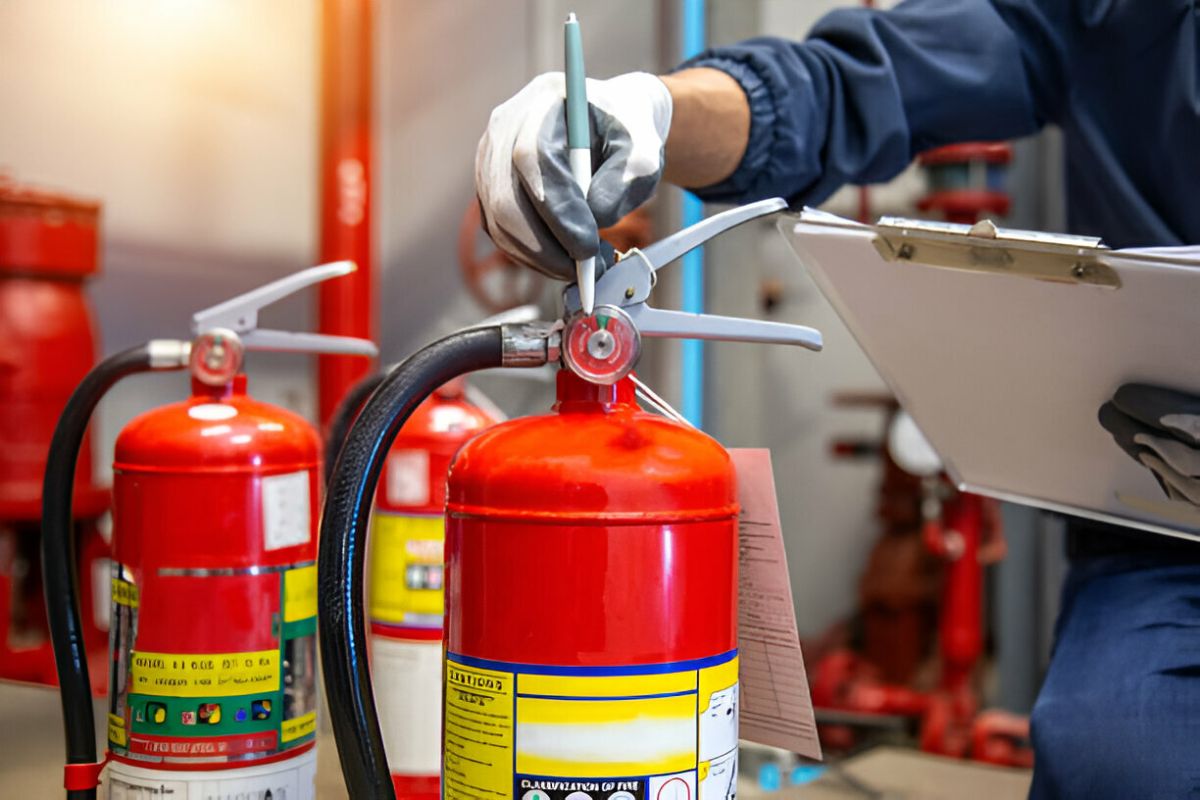
Key Elements Covered in a Fire Risk Assessment Certificate
The Fire Risk Assessment Certificate encompasses several essential elements that guarantee thorough evaluation of fire hazards within a property.
This certificate serves as an important document that highlights potential risks, ensuring safety for occupants.
Key elements typically covered in a Fire Risk Assessment Certificate include:
- Identification of Fire Hazards: A detailed analysis of potential sources of ignition and combustible materials, ensuring that no risk goes unnoticed.
- Evaluation of Existing Safety Measures: An assessment of current fire prevention and protection measures, determining their effectiveness in mitigating risks.
- Recommendations for Improvements: Clear guidance on necessary steps to enhance fire safety, fostering a proactive approach to risk management.
These elements work together to provide a complete view of fire safety, promoting an environment where the threat of fire is minimized, and safety is prioritized.
How to Get a Fire Risk Assessment Certificate in the UK
Obtaining a Fire Risk Assessment Certificate in the UK involves a systematic process designed to guarantee compliance with fire safety regulations.
Landlords and businesses must first conduct a thorough fire risk assessment, identifying potential hazards, evaluating risks, and determining necessary control measures. This assessment should be documented, detailing the findings and any steps taken to mitigate risks.
Once the assessment is complete, individuals can engage a qualified fire safety consultant to review the documentation and verify it meets regulatory standards. If the assessment is satisfactory, the consultant will issue a Fire Risk Assessment Certificate, which serves as proof of compliance.
It is vital for landlords and businesses to retain this certificate as part of their safety records and to make sure it is kept up to date.
Regular reviews and updates to the assessment are necessary to maintain compliance and adapt to any changes in the premises or surrounding environment.
How Long Does a Fire Risk Assessment Certificate Last?
While regulations can vary, a Fire Risk Assessment Certificate typically remains valid for a period of up to 12 months. It is essential for landlords and businesses to understand this timeframe to guarantee safety and compliance.
Regular assessments are important, as fire risks can evolve over time due to changes in occupancy, structure, or use of materials.
Key considerations include:
- Safety Assurance: Regular assessments promote a safe environment for tenants and employees, reducing the risk of fire-related incidents.
- Legal Compliance: Staying up-to-date with the certificate guarantees adherence to fire safety regulations, protecting landlords and business owners from potential legal issues.
- Peace of Mind: Knowing that a current assessment is in place allows individuals to focus on their responsibilities without the looming worry of fire hazards.
Understanding the duration of a Fire Risk Assessment Certificate is crucial for maintaining safety standards and guaranteeing proactive risk management.
The Legal Duties of Landlords, Employers, and Business Owners
Landlords, employers, and business owners have a critical responsibility to guarantee the safety of their premises, as failure to meet fire safety standards can lead to dire consequences. Legally, they must conduct regular fire risk assessments, implement appropriate safety measures, and confirm all employees and tenants are informed about fire procedures.
The following table outlines key legal duties for these stakeholders:
| Duty | Description |
|---|---|
| Conduct Fire Risk Assessments | Regular evaluations to identify fire hazards. |
| Provide Safety Equipment | Install fire alarms, extinguishers, and signage. |
| Maintain Escape Routes | Confirm clear access to exits and emergency paths. |
| Train Employees | Educate staff on fire safety and evacuation procedures. |
| Keep Records | Document fire safety measures and risk assessments. |
Fire Risk Assessment Certificate Costs in 2025
As the demand for fire risk assessment certificates continues to rise, stakeholders must be aware of the associated costs in 2025. Understanding these costs is vital for effective budgeting and compliance. Various factors influence the pricing, leading to potential financial strain if not anticipated.
- Assessment Complexity: Properties with intricate layouts or high occupancy may incur higher fees due to the additional time and expertise required.
- Location Variability: Urban areas typically face elevated costs due to increased demand for services and higher operational expenses.
- Certification Updates: Regular updates to regulations may necessitate more frequent assessments, leading to increased overall expenditure.
Awareness of these elements can help landlords and business owners plan effectively, ensuring not only compliance but also the safety of their premises.
Investing in proper fire risk assessments ultimately safeguards lives and property, making it a priority for all responsible stakeholders.
Common Mistakes That Can Invalidate a Fire Risk Assessment Certificate
Numerous common mistakes can jeopardize the validity of a fire risk assessment certificate. One significant error is failing to conduct a thorough assessment, which can overlook vital fire hazards.
In addition, using outdated guidelines or regulations during the evaluation can lead to non-compliance. Inaccurate documentation or insufficient record-keeping may also compromise the certificate’s legitimacy, as it is essential to provide clear evidence of risk management procedures.
Another frequent mistake involves neglecting to involve qualified personnel, as assessments conducted by untrained individuals can yield unreliable results.
Moreover, not regularly reviewing or updating the assessment to reflect changes in the environment or occupancy can invalidate the certificate.
Finally, overlooking the importance of staff training and awareness regarding fire safety can further diminish the effectiveness of the assessment.
Addressing these pitfalls is essential for maintaining a valid fire risk assessment certificate and ensuring safety in the premises.
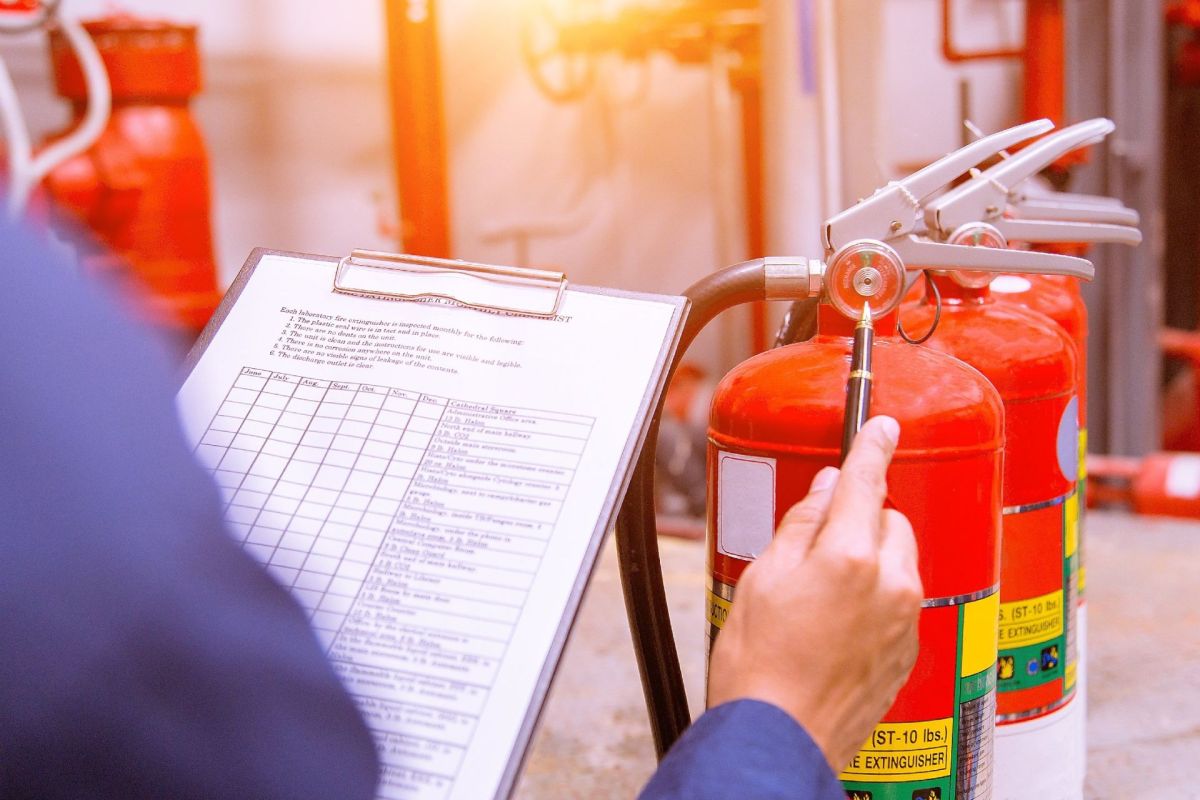
Benefits of Keeping Your Fire Risk Assessment Certificate Up to Date
Keeping a fire risk assessment certificate up to date is essential for ensuring the ongoing safety and compliance of a property. An updated certificate not only fulfills legal obligations but also provides peace of mind for landlords, tenants, and visitors.
The benefits of maintaining this certification are significant:
- Enhanced Safety: Regular assessments identify potential fire hazards, ensuring that adequate safety measures are in place to protect lives.
- Legal Compliance: Staying current with regulations reduces the risk of fines or legal action, safeguarding the business’s reputation and financial stability.
- Insurance Protection: Insurers often require up-to-date certificates for coverage; this can prevent costly disputes in the event of a fire.
Ultimately, maintaining an up-to-date fire risk assessment certificate is not just about compliance; it embodies a commitment to the well-being of everyone associated with the property.
Frequently Asked Questions
Tenants can indeed request a copy of the fire risk assessment certificate from their landlord. It is essential for tenants to understand the safety measures in place and their rights related to fire safety information.
The assessor should possess relevant qualifications, such as fire safety engineering, risk management, or a related field. Additionally, certification from recognized organizations guarantees they have the necessary expertise to conduct thorough and effective fire risk assessments.
Fire risk assessments should be reviewed and updated regularly, ideally annually, or whenever significant changes occur, such as alterations to the premises, new occupancy, or following an incident that may affect fire safety measures.
Certain industries, such as healthcare, manufacturing, and hospitality, often face additional fire risk assessment requirements due to heightened safety regulations and unique hazards. These sectors prioritize thorough evaluations to guarantee compliance and protect occupants effectively.
Upon identifying major fire risks, one should implement immediate corrective actions, such as enhancing fire safety measures, conducting staff training, updating emergency plans, and ensuring compliance with regulations to minimize potential hazards and protect people and property.
Conclusion
In summary, obtaining and maintaining a Fire Risk Assessment Certificate is essential for landlords and businesses to guarantee compliance with fire safety regulations. This certificate not only identifies potential hazards and recommends safety improvements but also protects property owners from legal repercussions. By prioritizing regular assessments, stakeholders demonstrate their commitment to safety, safeguard lives, and enhance the overall security of their premises, ultimately fostering a responsible and compliant environment for all occupants.
About the Author: Atia Amin
Related Posts
Get Social
Recent Posts
- Fire Risk Assessment Review as a Driver of Stronger Safety Control
- Comprehensive EICR London Services for Every Property
- System Planning for Large Buildings with Fire Alarm Installation
- Fire Service Fire Risk Assessment for Stronger Safety Management
- Electrical Risk Clarity Improved Through an EICR Report


